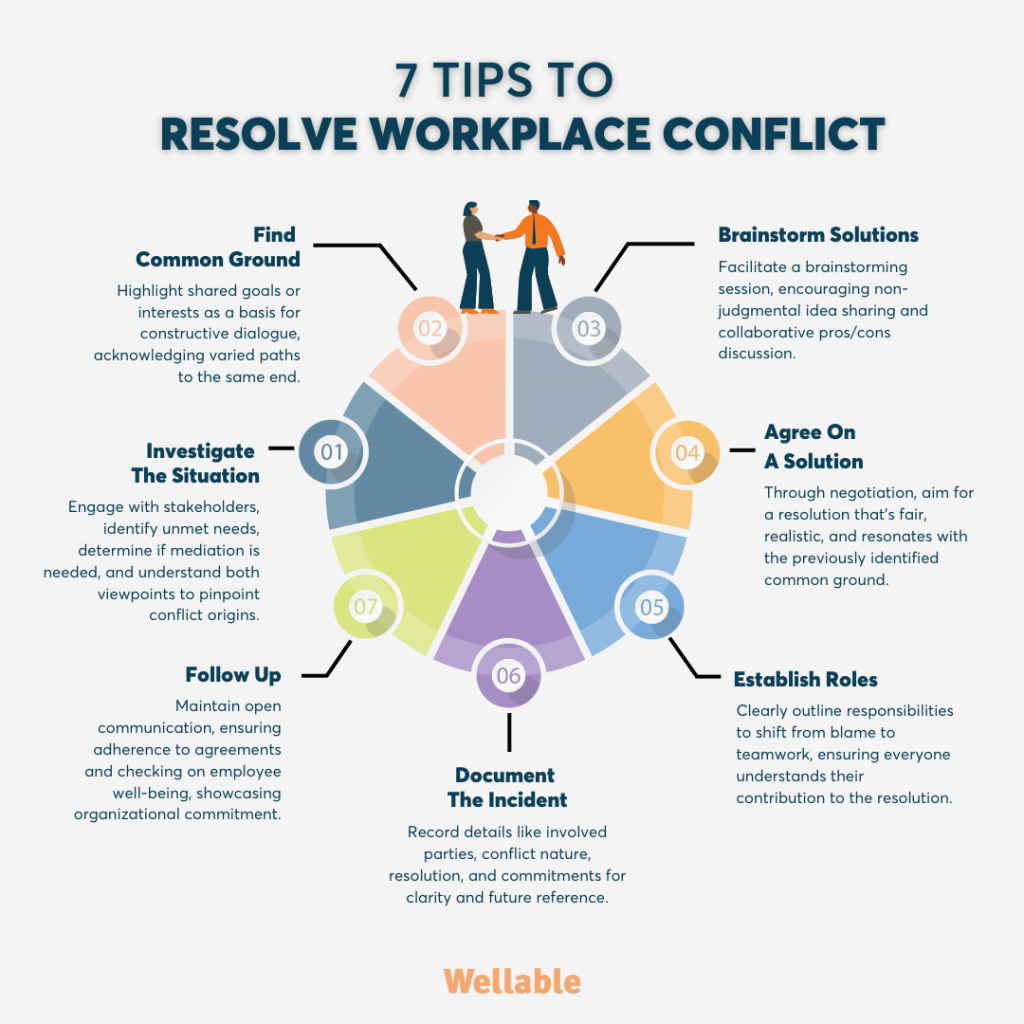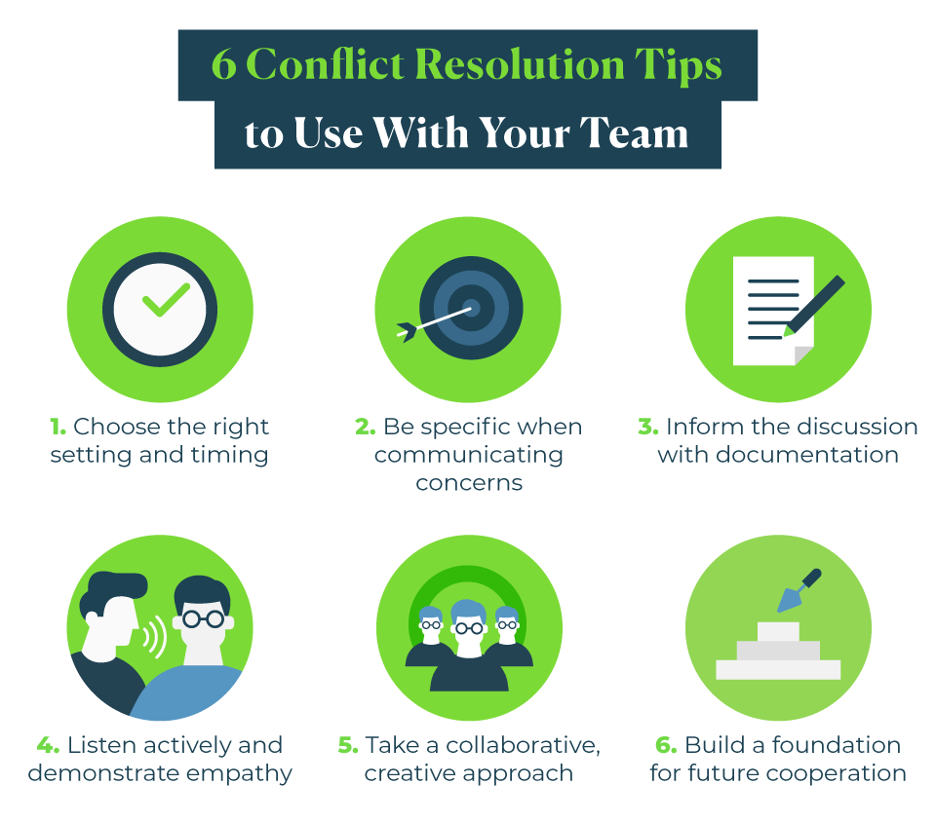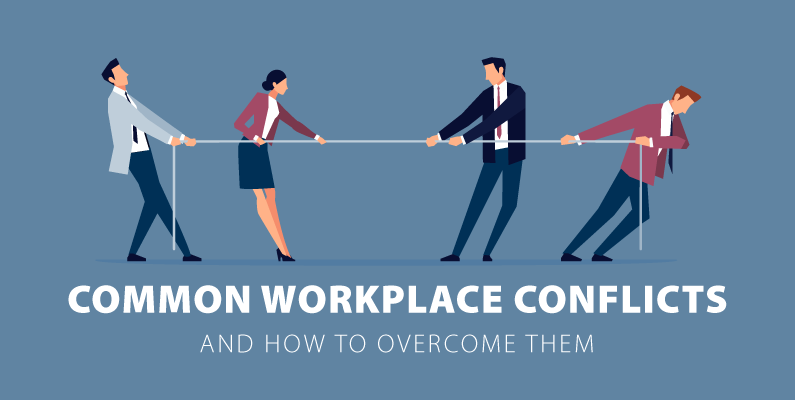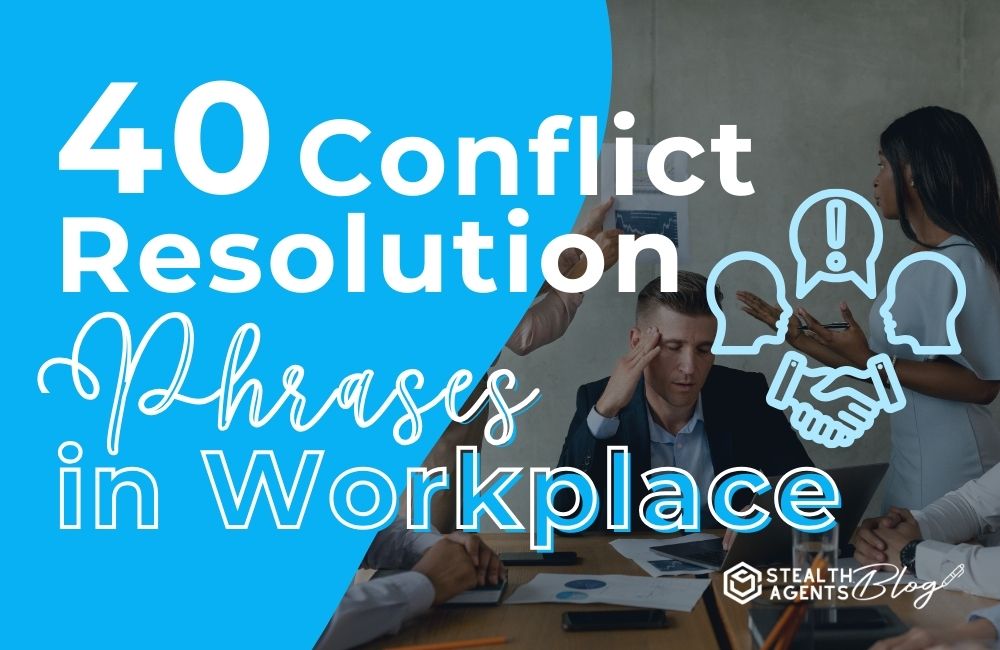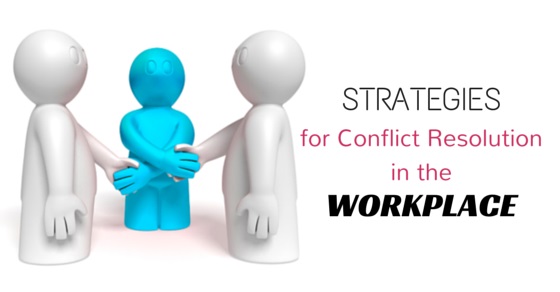How Do You Resolve Conflict At Work
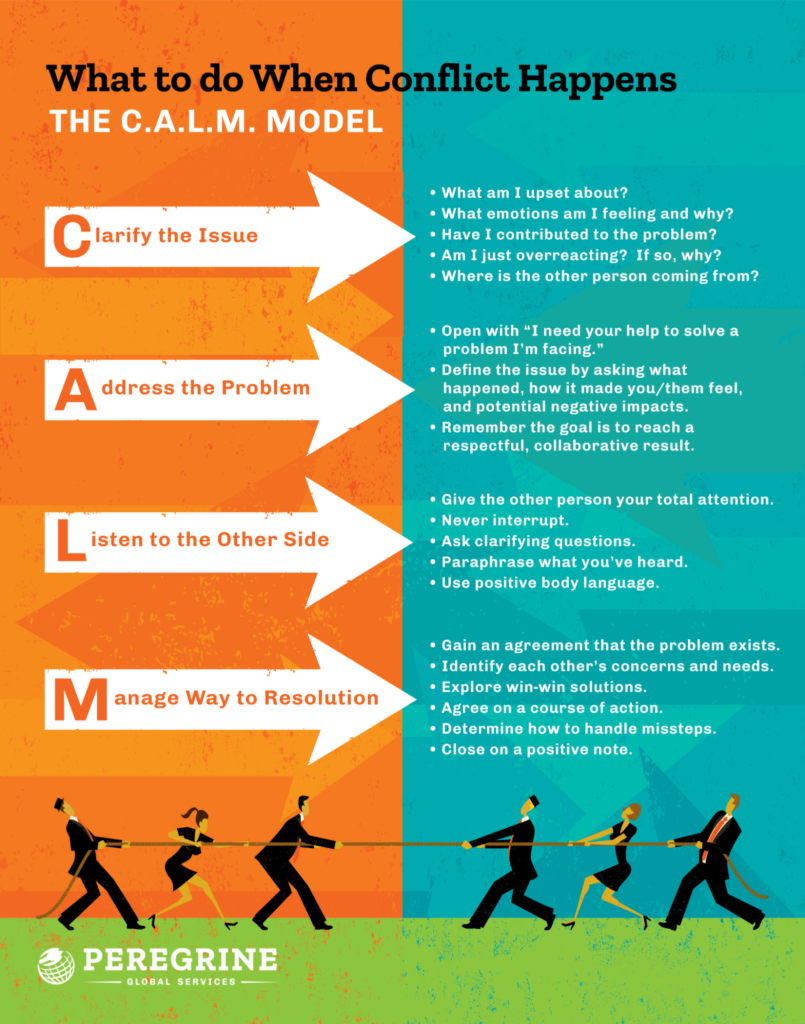
Imagine this: The breakroom buzzes with the aroma of freshly brewed coffee, but the atmosphere is thick with tension. Two colleagues, Sarah and Mark, stand rigid, their voices tight as they argue over a project deadline. Their faces are flushed and their body language clearly signals a disagreement that's escalated beyond a simple misunderstanding. This scenario, unfortunately, is a common occurrence in workplaces everywhere.
Navigating workplace conflict is essential for fostering a productive and positive environment. The key is understanding the root causes of disagreements, developing effective communication strategies, and implementing proactive measures to prevent future issues from arising.
Understanding the Landscape of Workplace Conflict
Workplace conflict arises from a myriad of sources. These can range from differences in opinion and communication styles to more significant issues like resource allocation or competing priorities. Recognizing these underlying causes is the first step toward resolution.
The Significance of Addressing Conflict
Left unaddressed, conflict can significantly impact morale, productivity, and even employee retention. A study by CPP Global Human Capital Report found that U.S. employees spend roughly 2.8 hours per week dealing with conflict. This translates to an estimated $359 billion in paid hours annually. A healthy workplace cultivates skills to address conflict in constructive ways.
The Chartered Institute of Personnel and Development (CIPD) highlights that well-managed conflict can actually lead to innovation and improved decision-making.
Strategies for Effective Conflict Resolution
Effective communication is paramount when dealing with workplace conflict. This involves active listening, empathy, and a willingness to understand the other person's perspective. It's also crucial to avoid accusatory language and focus on the issue rather than personal attacks.
The Power of Active Listening
Active listening requires paying attention, withholding judgment, and seeking to understand the speaker's message fully. Summarizing and paraphrasing what you've heard can ensure clarity and demonstrate that you're engaged in the conversation.
It can be a major step toward de-escalating tensions.
Mediation and Facilitation
In some cases, a neutral third party can help mediate the conflict. A mediator can facilitate communication, identify common ground, and guide the parties toward a mutually agreeable solution. Many organizations have internal HR departments or trained mediators available to assist with these situations.
Establishing Clear Expectations and Guidelines
Proactive measures, such as establishing clear expectations and guidelines, can prevent conflicts from arising in the first place. This includes defining roles and responsibilities, setting clear performance standards, and providing regular feedback. A well-defined framework can minimize ambiguity and reduce the potential for misunderstandings.
Building a Conflict-Resilient Workplace
Creating a workplace culture that embraces open communication and constructive feedback is essential. This involves fostering an environment where employees feel comfortable expressing their concerns and addressing conflicts directly. Organizations can invest in conflict resolution training for their employees.
This empowers them with the skills and knowledge to navigate disagreements effectively. Implementing conflict management strategies requires a consistent and ongoing effort from both management and employees.
Ultimately, resolving conflict at work is not just about settling disputes. It's about fostering a positive and productive environment where everyone feels valued and respected. By embracing open communication, developing effective strategies, and building a conflict-resilient culture, organizations can create a workplace where conflict is seen not as a threat, but as an opportunity for growth and improvement.
